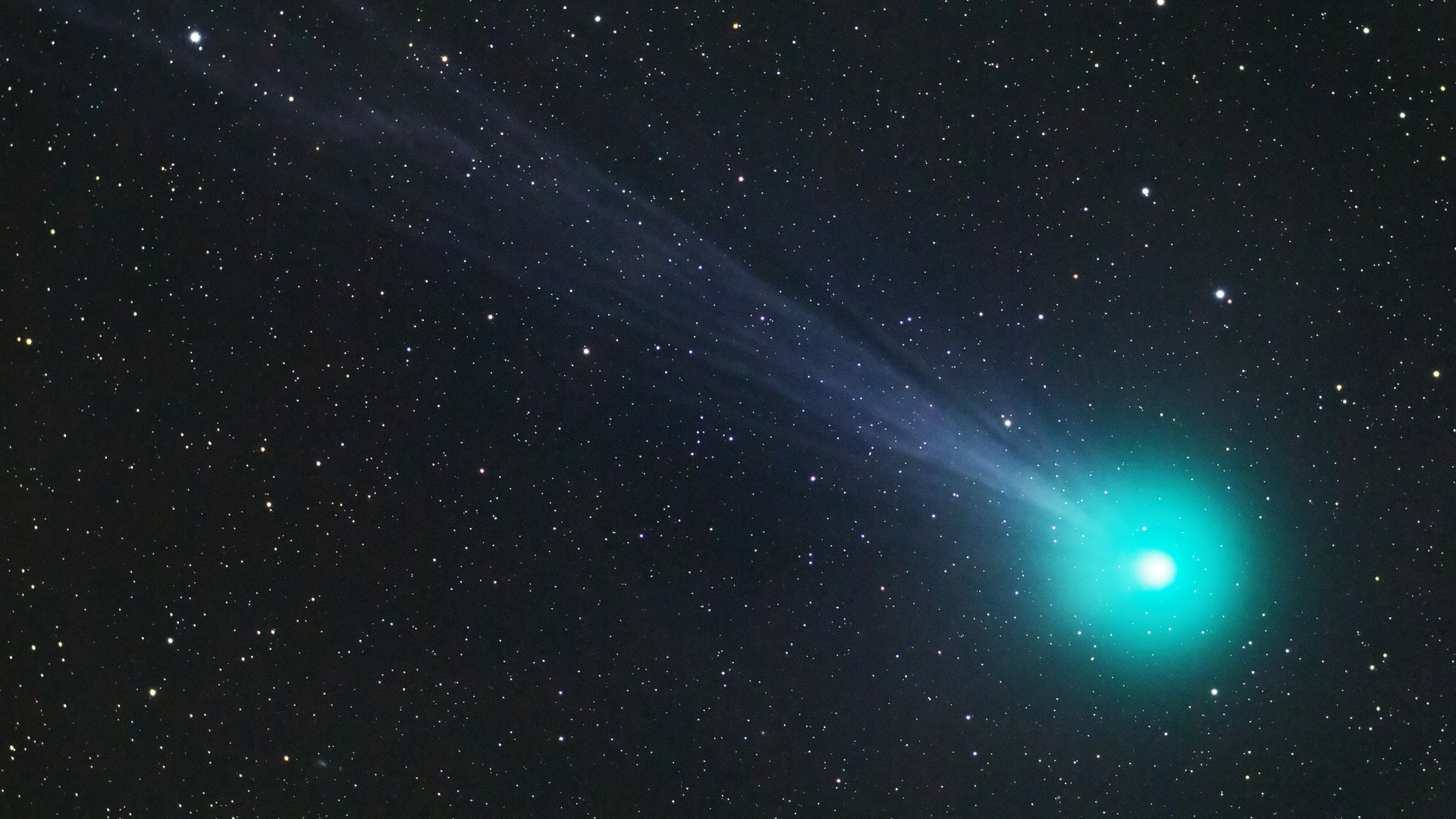Green comet makes for stunning videos!
2nd Feb 2023
A glowing green comet is passing by the Earth for the first time in 50,000 years currently, and skywatchers are busy capturing the sight. The long-period comet – a comet that takes more than 200 years to orbit the Sun – dubbed C/2022 E3 (ZTF) was first discovered in March 2022, and on 1st February, it made its closest approach to Earth.
While perfect weather would make it easiest for the naked eye to see the comet, the object will still make appearances throughout the month of February while receding.
What is a comet?
Comets are large objects made from dust and ice that orbit the Sun. NASA says that comets are “ancient objects” that are leftovers from the formation of the solar system, and are best known for their long tails. In C/2022 E3 (ZTF) case, the bright green colour around its nucleus comes from the effect of sunlight on its molecules.
Comets are found typically far into the solar system, and while some exist in the Kuiper belt, which hosts short-period comets that take less than 200 years to orbit the sun, C/2022 E3 (ZTF) is from the Oort Cloud. The Oort cloud is a sphere-shaped collection of icy objects further away than everything else in the solar system. In fact, it is 50 times further away from the Sun than the Kuiper belt, NASA says.
However, its escape from the Oort Cloud is not a complete mystery. NASA says the gravity of a planet or star can pull comets away from their homes and push them towards the Sun, and after circling behind it, they head back home.
Discovering C/2022 E3 (ZTF) and the pass by
The discovery of this green comet happened on 2nd March 2022. Astronomers Bryce Bolin and Frank Masci located the object using the Zwicky Transient Facility (ZTF) survey, which uses an extremely wide-field camera to scan the Northern sky every two days, based in California. While the object was first determined to be an asteroid, further calculations revealed it was a comet. The first naked-eye observations occurred on 16th and 17th January 2023, as the comet had an estimated magnitude of up to 6.0.
C/2022 E3 (ZTF) reached its perihelion – the point where it is closest to the Sun – on 12th January, at a distance of 103 million miles. Its closest approach to Earth saw it fly at a distance of 26 million miles away, or about a quarter of the distance between the Sun and the Earth.
During its approach toward Earth, the comet resided near the north celestial pole, located in the Camelopardalis constellation, which represents the shape of a giraffe.
While the excitement over spotting the green comet is plastered all over the news, this may be a once-in-a-lifetime occurrence, as scientists predict C/2022 E3 (ZTF) may never approach Earth again. Although it will be faint, skygazers may be able to catch a glimpse of the comet again over the next few weeks, as it is set to pass the star Capella on 5th February, swing by Mars by the 11th, and then pass in front of the Hyades star cluster by 15th February.





Thank you for your comment! It will be visible on the site after moderation.